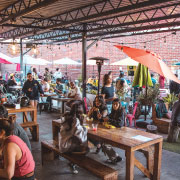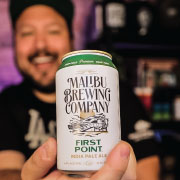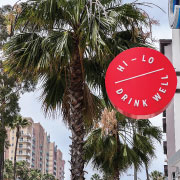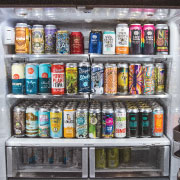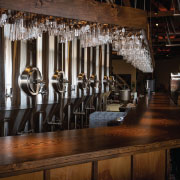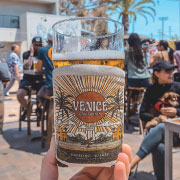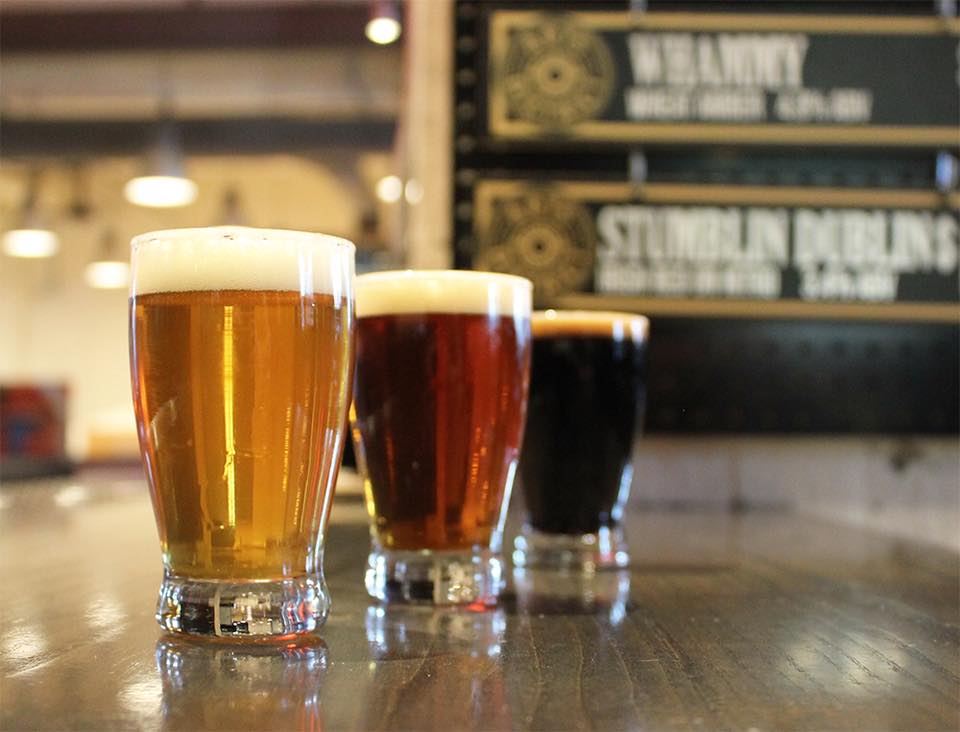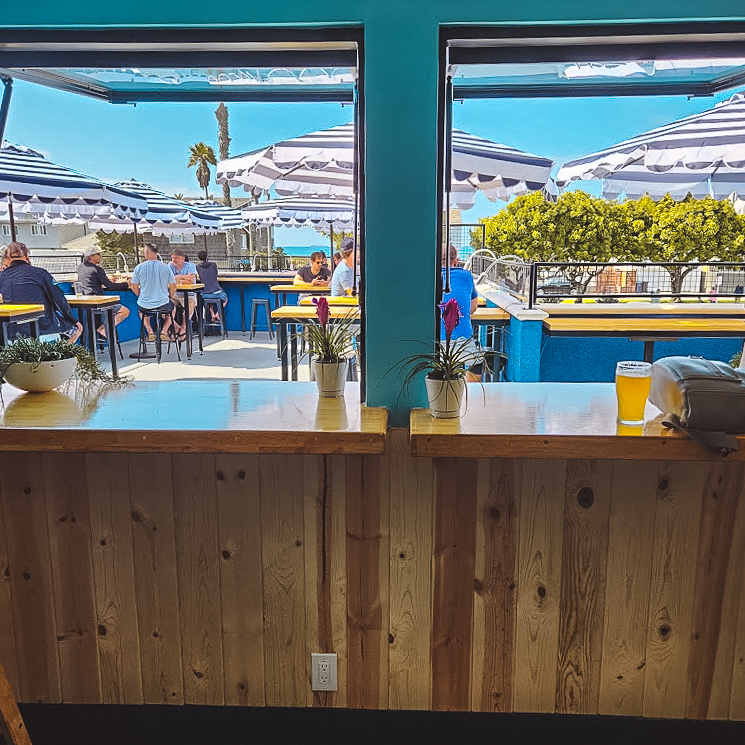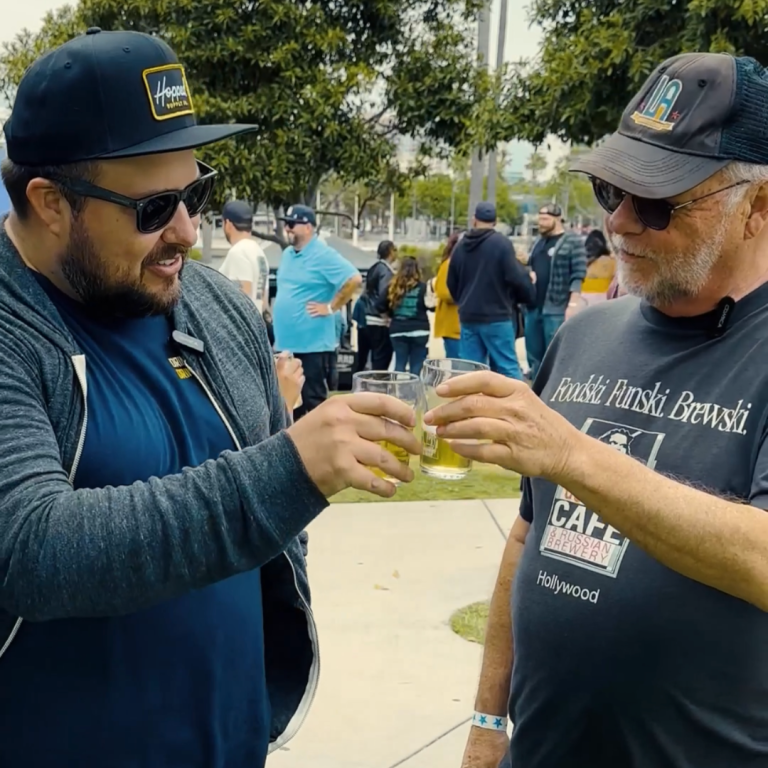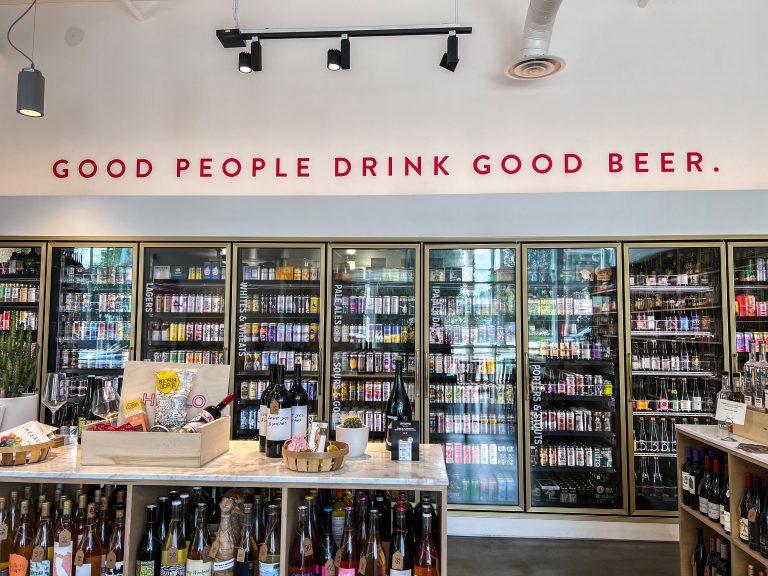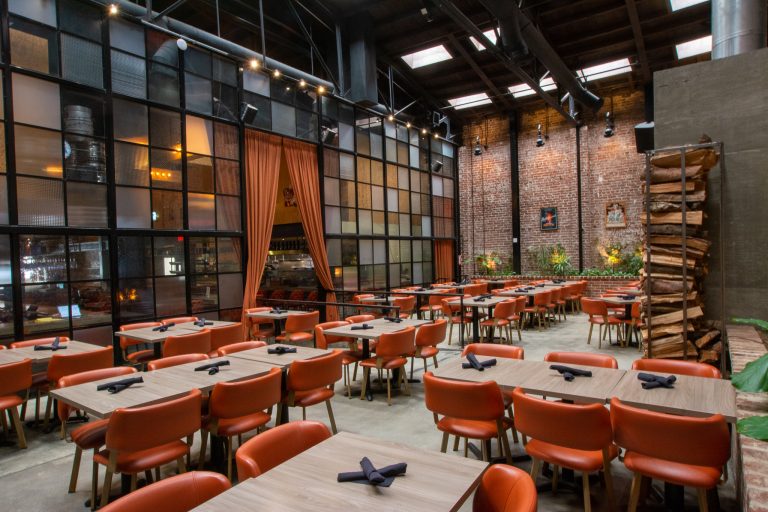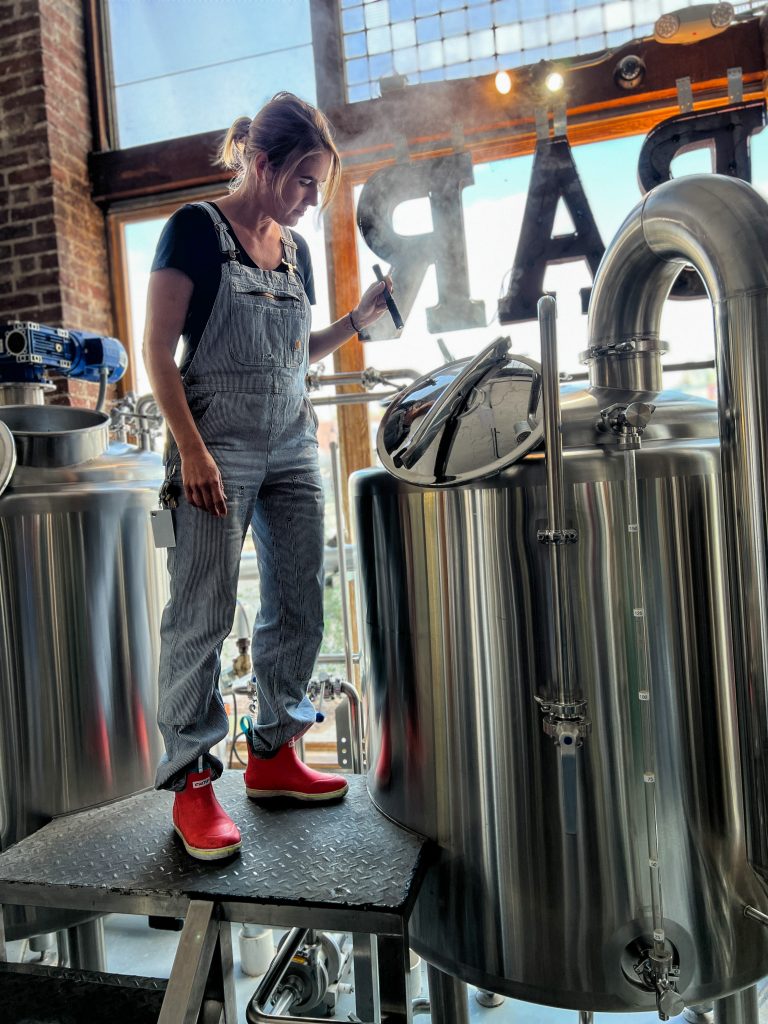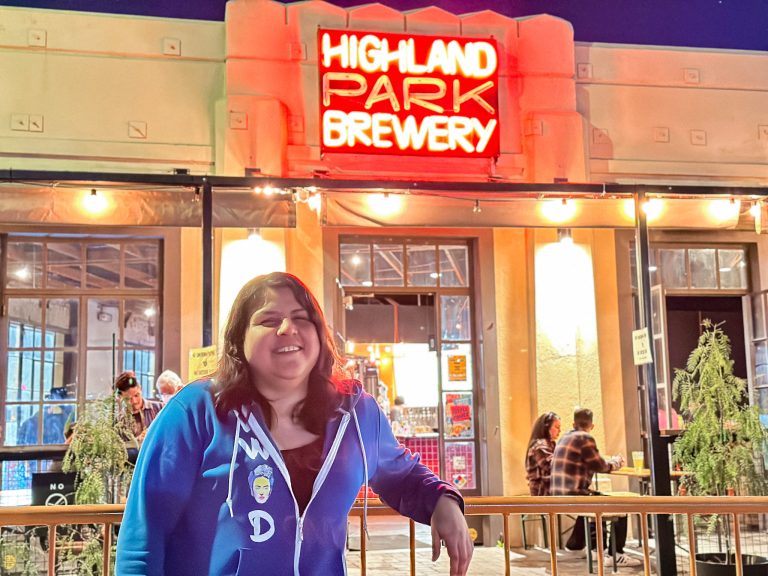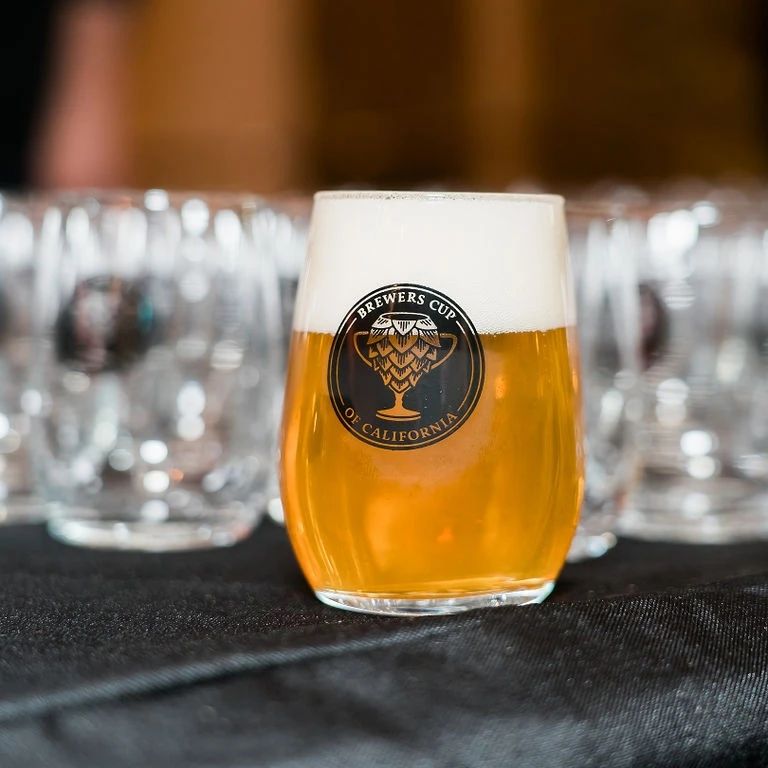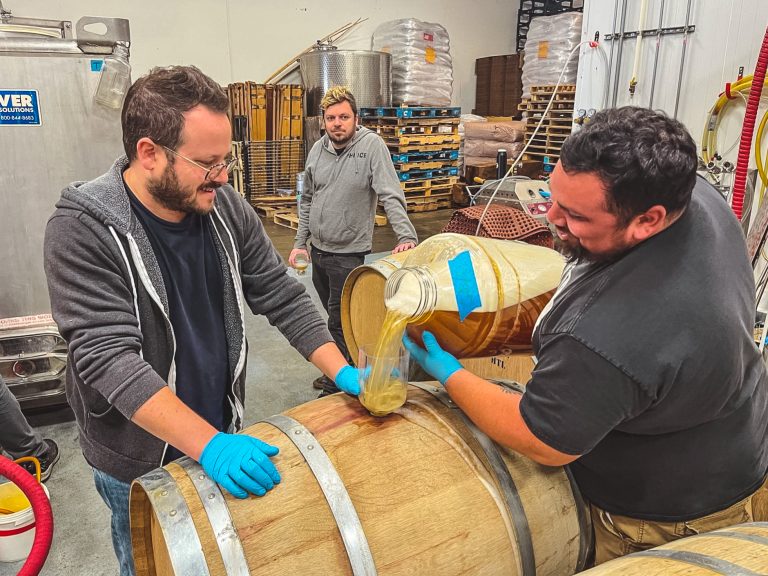This article is written by Hopped LA contributor and seasoned craft beer drinker, Sean Inman. Check out more of his work at Beer Search Party.
It’s Monday and your cubicle mate asks what you did over the weekend. You explain that you visited a new Los Angeles brewery. The inevitable follow-up question is, “So, how was the beer?” Sometimes the answer is, “Excellent!” But other times, the answer is not as emphatically positive.
I am here to tell you that you need to circle back on those breweries that landed in the “M’eh” category. Sometimes one visit or one taster tray doesn’t tell the whole story, it is only one early chapter.
A Slow Start
There are many reasons why a brewery does not come out of the gate strong. Three that I feel carry the most weight are:
1. Hard to Scale Up Recipes
Going from homebrew to pro-sized equipment is not easy. You don’t just double up ingredients, and call it a brew day. Even a seasoned pro like Pat McIlhenney, of Alpine fame, took months to dial in a recipe to new equipment at Green Flash. Extrapolate that to someone opening a brand-new brewery and the process could take much longer.
2. Fear of Dumping a Batch
Second, imagine a brewer putting in a ton of their time, energy, and money into a beer and it not turning out how they expect it to. The beer may not be “bad” but it’s not where it should be or will be months down the road when it is more dialed in. As a new brewery that needs to be pouring beer to generate cash to buy ingredients to brew more beer, they simply can’t afford to dump a full batch. Which means in the meantime, you might be served up a beer that is 75% of what it should be.
3. Access to Ingredients
Lastly, a brand spanking new brewery might not get access to the exact same hops or other ingredients that they want. That’s less of a problem now that hops are more readily available, but in some years hop crops can be lean and that killer IPA might need to be re-tooled to new hops that don’t impart the same IBU’s. They might be getting malt from a different company too. Not to mention the water profile from their small home brew operation may not match what they have in their new production brewery location.
One or more of those exact situations may have occurred before you opened a taproom door and stepped inside for the first time. Which may have led to you getting a beer that was alright, but not great. That hesitation about going back might be increased after visiting a brewery that is killing it right out of the gate. Making you wonder why Brewery A can’t be as good as Brewery B.
Brewing is an Art Form
I will make the case against even more and add that you can argue that brewing talent is an art form and some people have it and some people don’t. And that time and better ingredients and increased knowledge will only take you so far if you don’t have that special way with a mash tun. There is a reason why some people have truly earned the Brewmaster honorific.
But, in my personal experience in Los Angeles alone, I have seen multiple breweries seemingly destined for middle of the road status become measurably better within months. I have seen breweries hit their stride when they brew a particular style of beer. Better equipment and a QC lab can launch a brewery higher. Adding another brewer can create a winning dynamic as well. The roads taken to better beer are many.
When to Plan a Re-visit
I don’t have a tried and true methodology for when to re-visit a brewery. Nor do I have a rule for how many times I go back before I call it quits.
Try Multiple Sources
In general, I taste the beer not only from the taproom but from a local beer bar too (or I buy a bottle/can). I also try to go back three to four months later and try the beers again. Festivals are also a great way to gauge improvement because you see the same breweries with some of the same beers each time and you can taste smaller amounts without specifically seeking out a brewery.
Look out for Trends
I also keep my ear to the ground. If I start to hear great things on social media or see numerous Untappd check-in’s to a beer from that brewery, then, a return may be needed.
Listen to your Friends
I do have one vital piece of the puzzle that I use before passing final judgement. Take a friend (or two) to try the beer. Sometimes it may be me and other people like the beer much better. Take a look around the room. Is it full? Are the glasses empty? It may be that the brewery is fine, they just don’t brew a style of beer that I enjoy or they use hops that strike my palate the wrong way.
The tired old saying that you don’t judge a book by its cover should be amended to, you don’t judge a book by the first few pages. The same goes for breweries. Don’t judge by one beer only. Read a little further.
Sean Inman has been blogging about the LA beer scene since 2009. Following the growth from a small handful of breweries to the 70+ that are brewing today with posts ranging from book reviews to upcoming beers and festivals. All told from the beer geek perspective. Read more of his work at BeerSearchParty.com.
